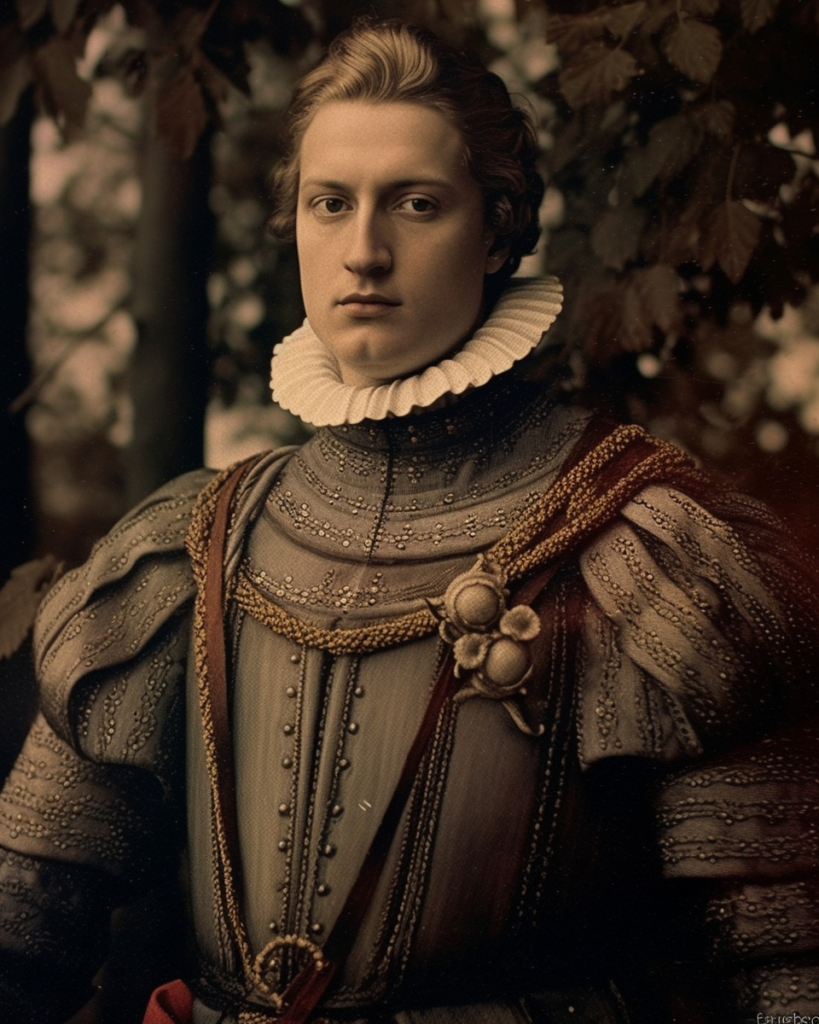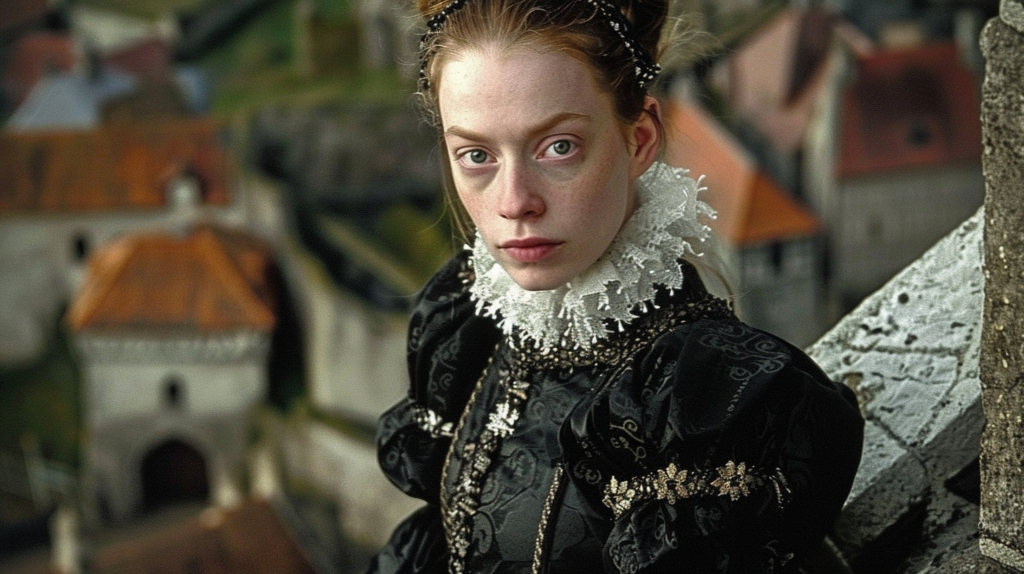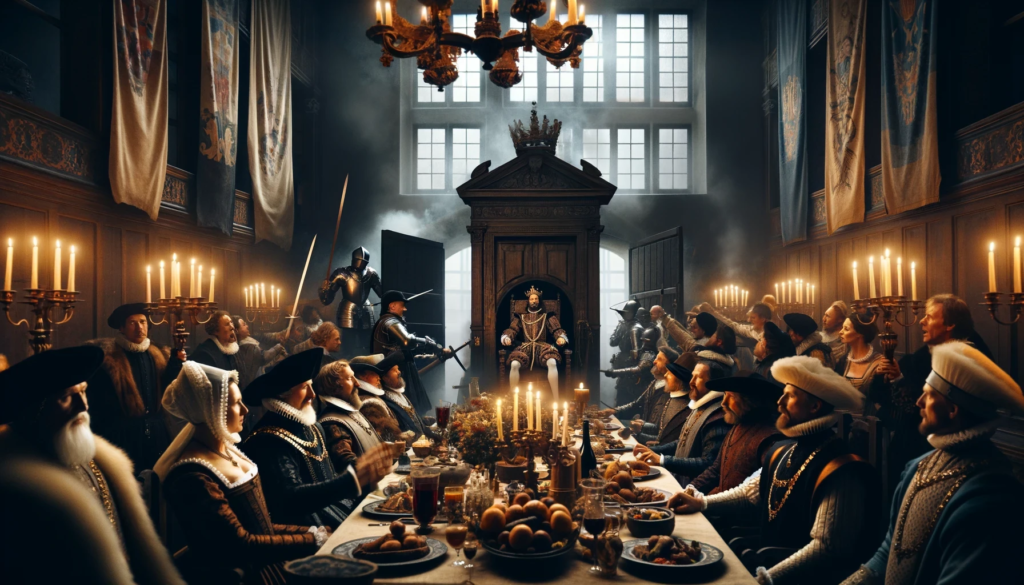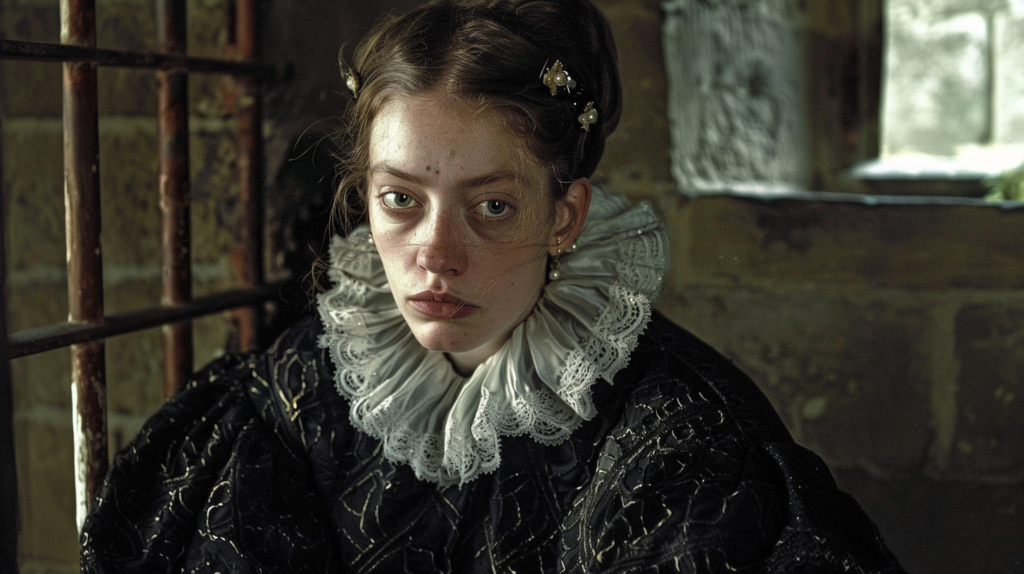As a prominent Swedish noble woman and married to the regent and rebel leader Sten Sture the younger, Kristina Gyllenstierna was a powerful and determined woman, and the next to be explored in this serie of posts about women’s roles in war.
Almost since the Kalmar Union was founded at the end of the 14th century, the Swedish nobles wanted to leave. Queen Margrete and later her daughter-in-law Queen Filippa managed to keep them in check. But ever since the 1430s, the Swedes waged a war for freedom against what had become Danish supremacy.
When we begin the story of Kristina Gyllenstierna, this struggle was led by her husband, Sten Sture the Younger. Both spouses came from the Swedish most prominent nobility and their families had long been involved in the conflicts against Denmark. Sten Sture’s father, Svante Nilsson, had been regent between 1504-1511/12, a role that Sten took over in July 1512.
During the following years, the battles wavered back and forth, while Kristina gave birth to five children. Given her later role, it is likely that she already had a prominent position, advising and supporting her husband.

Sten Sture’s (above) main opponent was Archbishop Gustaf Trolle, who supported the Danish king, Christian II. In 1517 the bishop was captured and the regent and his allies deposed him – something that would play a decisive role later.
In 1520 Christian II invaded Sweden. In the battle on Åsund’s ice on January 19, Sten Sture was seriously injured and died a few days later. It was a serious blow to the resistance, and many of the nobles wavered.
It was then Kristina Gyllenstierna stepped forward and took over her husband’s role as leader of the rebellion. At that time, she had four children still alive, and another one on the way. She and her now rather few allies gathered in Stockholm. The citizens of the city sided with her, and she also managed to convince large parts of the peasant population to take up arms against the Danes.
Large groups of peasants headed towards Uppsala where the Danish army was located. A few small battles were fought, but the Swedes lacked a strong commander and ultimately lost. In March 1520, a meeting was held in Uppsala where the majority of the Swedish nobles recognized Christian II as king of Sweden.

Kristina Gyllenstierna, who had barricaded herself in Stockholm and refused to attend the meeting, did not.
After another battle in April, where again the Danes emerged victorious, Christian’s army approached the capital, and by May, Stockholm was besieged. Kristina and her dwindling allies still led the resistance. But cut off from the outside world and with no help on the way, she began to realize that the battle was lost. They were surrounded, autumn approaching and the food about to run out. Negotiations began at the end of August.
Kristina turned out to be a sharp negotiator. She demanded that all rebels be given amnesty by the king, that she be allowed to keep her estates and properties, and that her children be protected. Christian agreed to all this. On September 7 1520 at 8 o’clock in the morning, Stockholm surrendered.
And at first it seemed that Kristina’s efforts had paid off. On November 4th, Christian was crowned king of Sweden, and invited his former opponents to the coronation feast. It went on for three days, and the king is said to have been in a good mood.

Then something happened. The new king would commit an atrocity that would forever earn him the name Christian Tyrant in Swedish history.
All the guests were ordered into the Great Hall. The doors were locked. No one was allowed to leave. Gustaf Trolle, whom Kristina’s late husband Sten Sture the Younger had deposed as archbishop in 1517, stepped forward.
He accused his old enemies of heresy. And for heresy, there was only one punishment – execution. The amnesty that Christian’s opponents had received suddenly means nothing. The amnesty came from the king – the secular power. Now they were accused by the church.
Kristina tried to salvage the situation. She send for a document where all the Swedish council members who deposed the bishop had placed their seals. Her intention was surely to prove that the decision was made unanimously by the Swedish council and was therefore legally valid.
But the plan backfired. Instead, the document was used as evidence – clearly listing all the names of those who committed heresy. A hasty trial began, but the verdict was predetermined. The majority were sentenced to death.
This marked the beginning of what is known as the Stockholm Bloodbath, where a large part of the Swedish nobility was wiped out, and almost all those behind the rebellion against Christian II were beheaded. But the king did not stop there. Even burghers and ordinary civilians were executed. The bodies were burned.
The remains of Sten Sture and Kristina’s infant child who had been born and buried earlier that summer/autumn were exhumed and their bodies burned as well.

Kristina herself must have been devastated – and terrified. But she survived. She was taken captive with her female relatives and children and sent to Copenhagen, where they spent over three years in captivity. When they were released in January 1524 Kristina’s nephew, Gustav Vasa, had finally managed to free Sweden from Denmark and had been elected king.
But that is another story. We will continue with our story of women and war.
Source:
Flemberg, Marie-Louise. Kristina Gyllenstierna – kvinnan som stod upp mot Kristian Tyrann. (2017)

